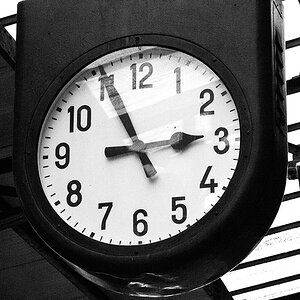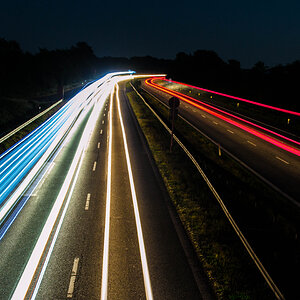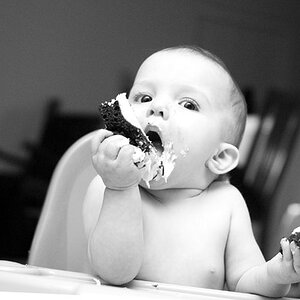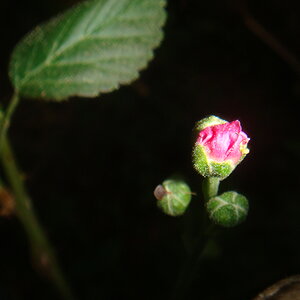nickzou
No longer a newbie, moving up!
- Joined
- Jun 12, 2011
- Messages
- 593
- Reaction score
- 40
- Location
- Ottawa
- Can others edit my Photos
- Photos NOT OK to edit
So one way my friend suggested that I do is get myself an enlarger, convert my digital pictures to negatives, and enlarge it. First, I don't really have any experience with film or film related paraphernalia but I'm sure I can figure out the enlarger. But is this the only way to go? I'm shooting with a D7000, 16.2 megapixels, maximum resolution is 4928x3264, at 300dpi, that's... 10x16 inches, roughly. I was thinking of making a wallsized print. But... I don't have a D3x or a medium format camera.


![[No title]](/data/xfmg/thumbnail/1/1592-cfae4a7ea791f96c6e2d03484be2e454.jpg?1619729144)
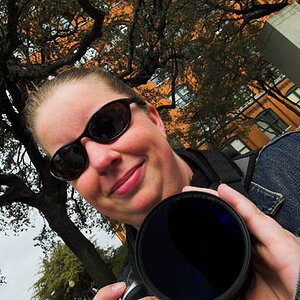
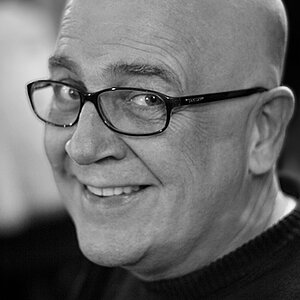
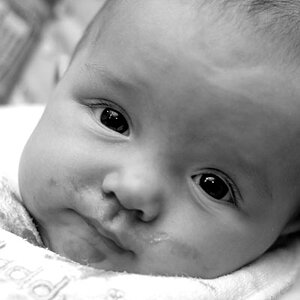
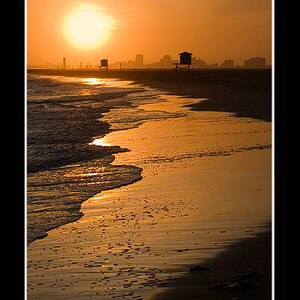
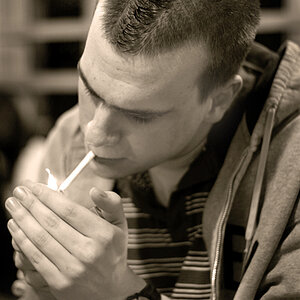
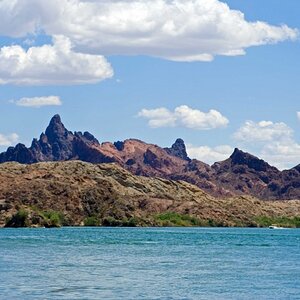
![[No title]](/data/xfmg/thumbnail/41/41890-a5975e67f00dd9340fcf9dba8728a762.jpg?1619739933)
